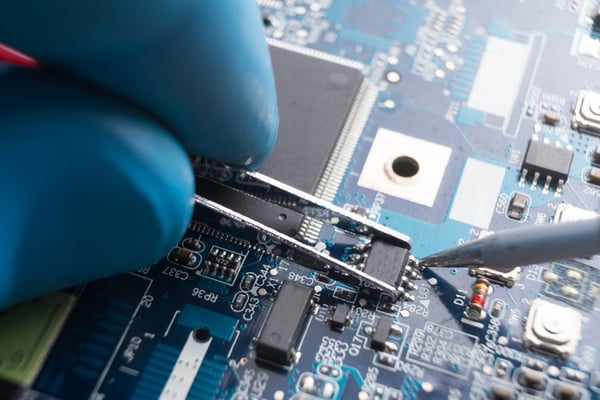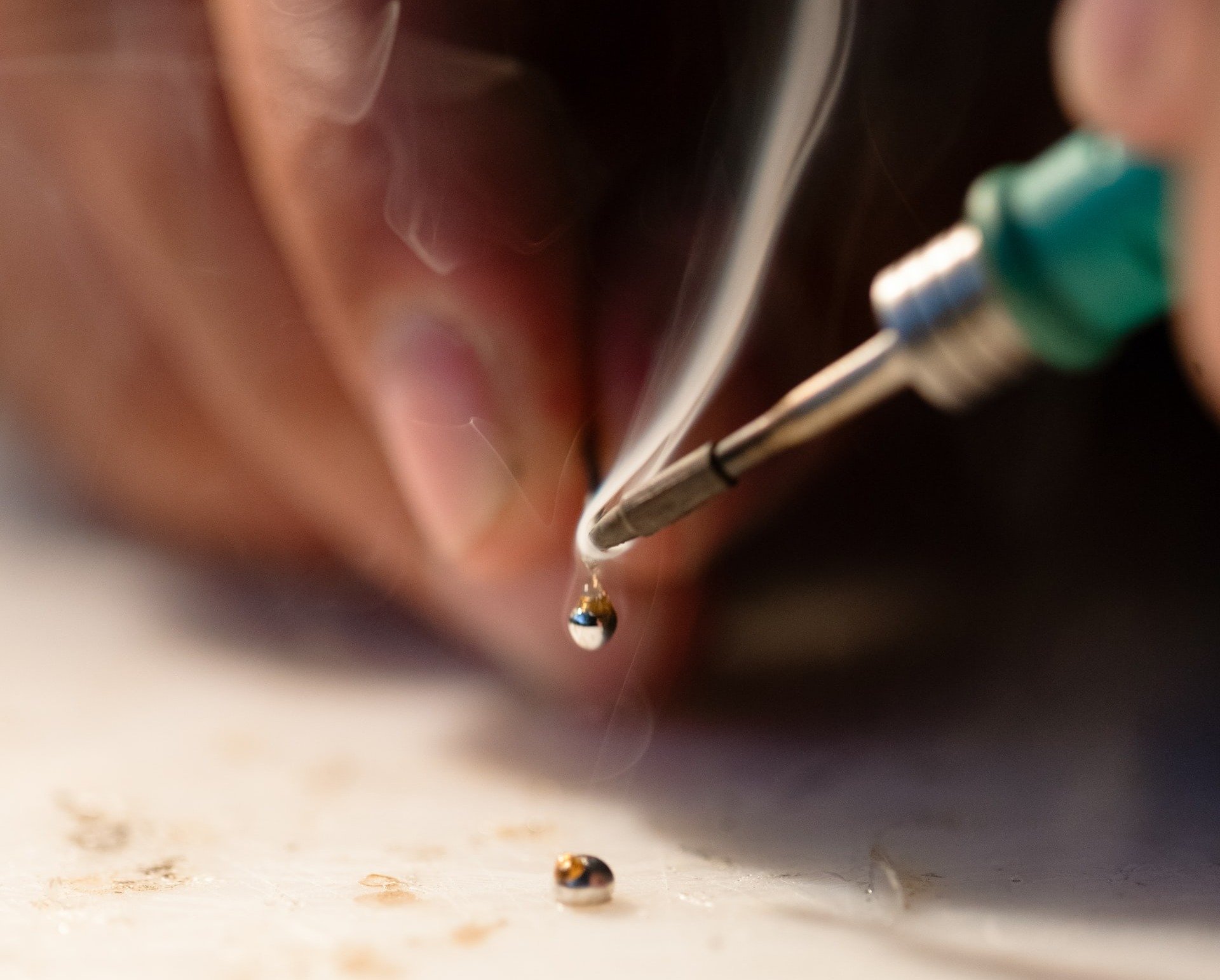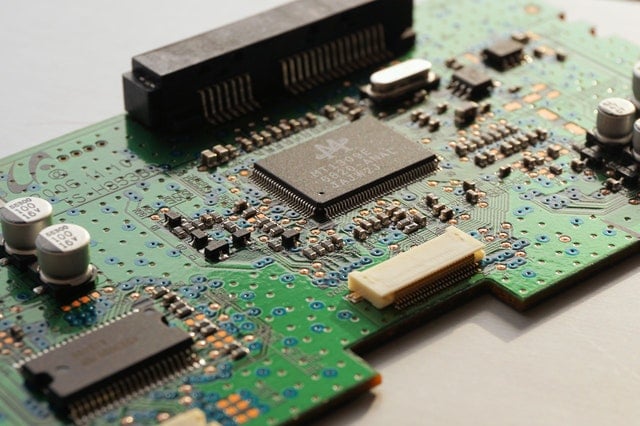7 Types of PCB Soldering Defects to Watch Out For
Let’s face it, soldering can be a challenging task. Even with years of training and the most advanced machinery, PCB soldering defects are sometimes...
2 min read
 Matric Group
:
Nov 26, 2025
Matric Group
:
Nov 26, 2025
 Solder is what makes the electrical connections work on your printed circuit board (PCB). Solderability, then, measures how well metal is wetted by molten solder to secure those connections. It’s one of the most essential PCB testing methods.
Solder is what makes the electrical connections work on your printed circuit board (PCB). Solderability, then, measures how well metal is wetted by molten solder to secure those connections. It’s one of the most essential PCB testing methods.
Evaluating solderability will tell your PCB tester whether or not the attached components, like leads and terminations, can withstand the scorching temperatures that come with soldering.
It also determines whether storing these components has adverse effects on their ability to solder to the PCB when putting them to use. Understanding the solderability of components and the board can minimize PCB failures and improve final product quality.
Three of the most common solderability testing formats are:
Dip and look subjects the leads and terminations to up to 8 hours of steam conditioning, accelerating the aging process. (This is why skin doctors warn against saunas and hot showers!)
Next, testers dip the components into solder using activated rosin flux. Finally, they’re inspected to ensure they meet requirements.
The surface mount simulation test is available for all surface mount technology (SMT) components, including ones that can’t use other types of PCB testing methods like dip and look.
A specific solder paste is screen-printed onto a ceramic plate. The component then goes into the paste and is subjected to a convection reflow profile.
Wetting balance analysis also ages the components to measure the wetting forces.
The testers plot the wetting force, starting at negative (nonwet). Solderability is measured as the amount of time it takes for wetting to occur.
Solderability testing helps determine if a component provides the degree of wetting necessary for a solid solder connection. A poor test result indicates a less-than-optimal connection. Without this testing, you may have to rework the connections.
Solderability testing is effective during different aspects of production, such as when:
This test is necessary for PCB projects because solderability can degrade over time for components left in storage, typically due to contamination.
Solderability testing is considered destructive, meaning it damages the PCBs you’re testing. Still, overall, it saves costs.
Without it, poorly soldered parts can require reworking, and that costs both money and time -- especially is your product makes it to market that way. Poor solderability can lead to a variety of PCB defects. Solderability testing helps:
Solderability testing is a critical part of PCB functional testing, and it’s important to do prior to finalizing assembly. When the metal doesn’t solder during the test, it shows there are weaknesses that will affect the function of the PCB. Then your PCB is at risk for solder oxidation and other ugly issues.
When combined with other functional tests like x-ray inspection, contamination testing, time-domain reflectometer, peel testing, solder float testing and micro-sectioning analysis, solderability testing ensures that the PCB meets all quality standards before it goes public.
(Editor's Note: This article was originally published in July 2019 and was recently updated.)

Let’s face it, soldering can be a challenging task. Even with years of training and the most advanced machinery, PCB soldering defects are sometimes...

OEM circuit boards are fundamental components in a wide range of consumer and commercial applications, from automobiles to household appliances and...

Your great, new electronics product is almost ready to go. All you need is ICT testing (in-circuit testing) -- or perhaps another method of testing.